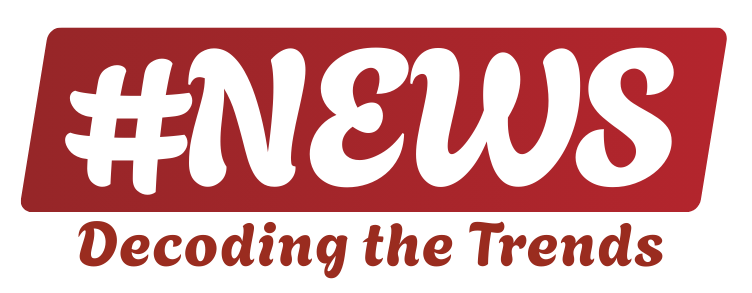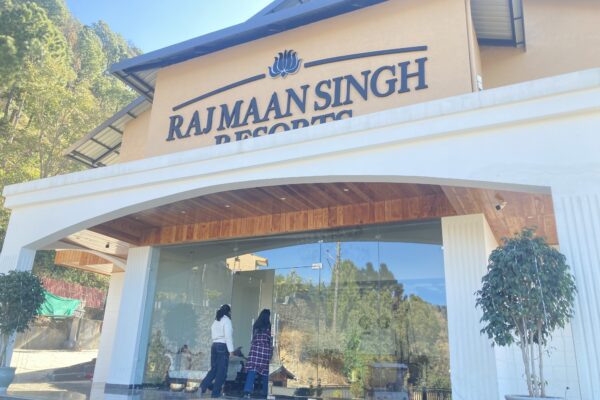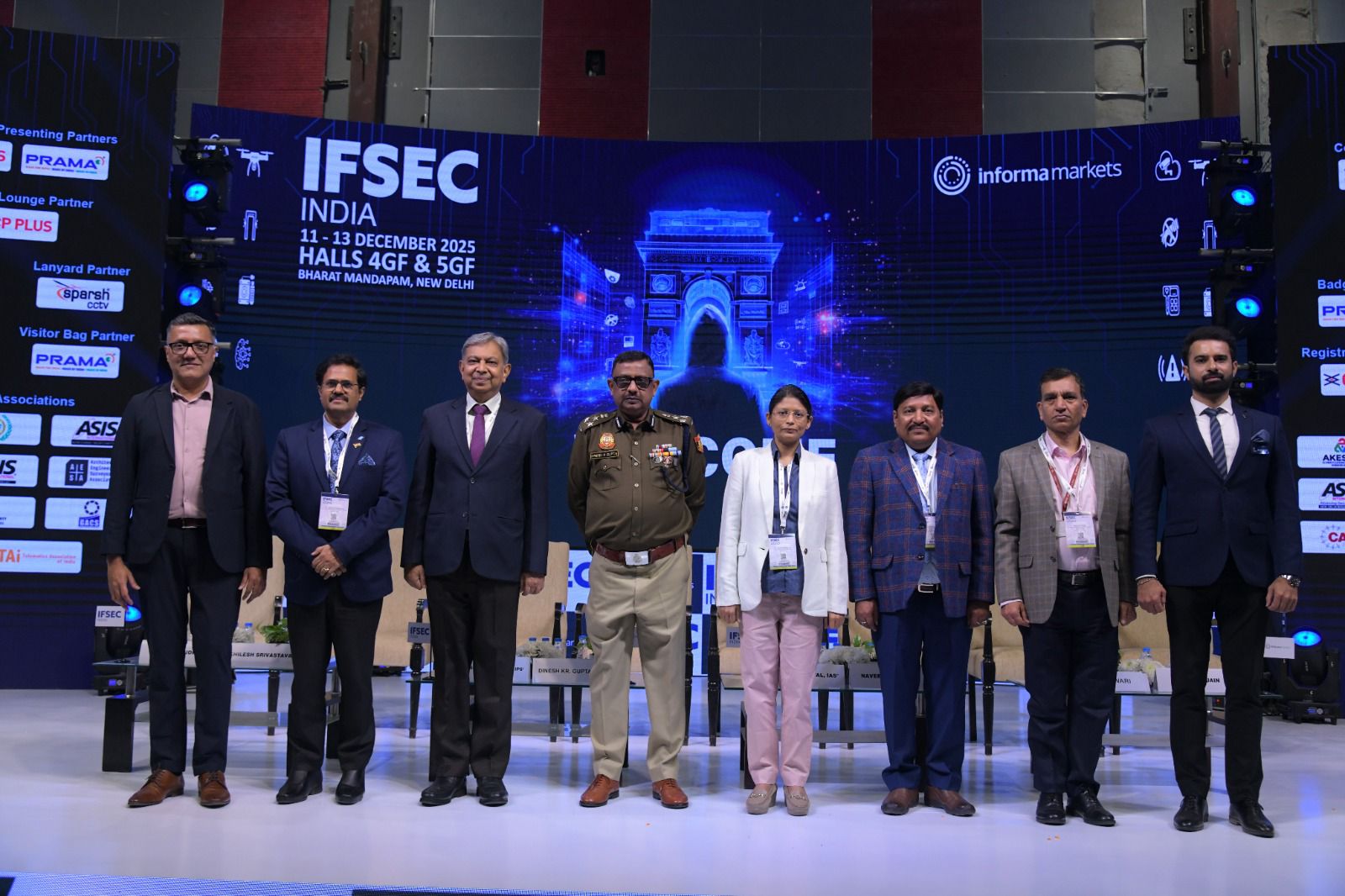
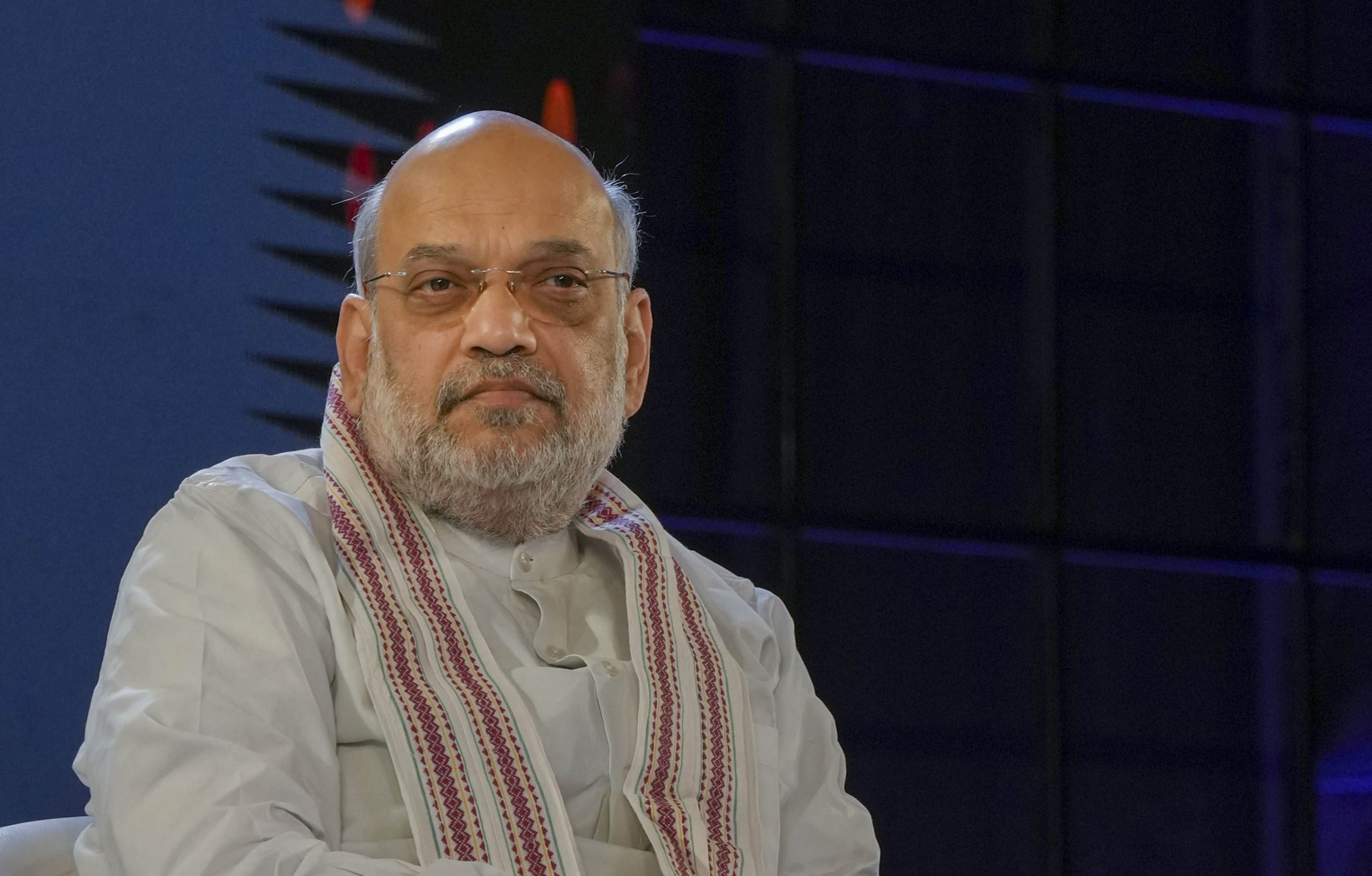
Government’s ‘undeclared censorship’: More than 1 lakh notices to remove content
#News Bureau March 30,2025
One should know the number of takedown notices sent by the Ministry of Home Affairs (MHA) of the Government of India to social media platform X in the last one year and its purpose. According to a report by The Hindu, of the 66 takedown notices sent to X by the Indian Cyber Crime Coordination Centre (I4C) of the MHA since March 2024, about 30% of the notices were for the removal of posts related to Union ministers, government agencies, and elections. This information has come to light through the SAHYOG portal during the ongoing legal battle between X and the Government of India.
In March 2024, the Government of India empowered the Ministry of Home Affairs to send takedown notices to social media intermediaries under the Information Technology Act (IT Act). Since then, notices have been issued to various platforms, including X, to remove illegal content. However, the details of these notices were not made public for almost two years, as X stopped publishing details of government takedown requests from April 2023.
These notices were recently exposed through the SAHYOG portal during an ongoing legal battle between X and the central government in the Karnataka High Court. X has dubbed the portal as a “censorship portal” through which law enforcement agencies and government bodies across the country can send notices under Section 79(3)(b) of the IT Act.
Over the past year, the government has sent over 1.1 lakh notices to social media and messaging intermediaries – such as X, Facebook, Instagram, and WhatsApp – to take down content. Of these, nearly a third (around 20 notices) of the 66 notices sent to X targeted Union ministers, central government agencies, and election-related content. The content included in these notices has been classified into various categories.
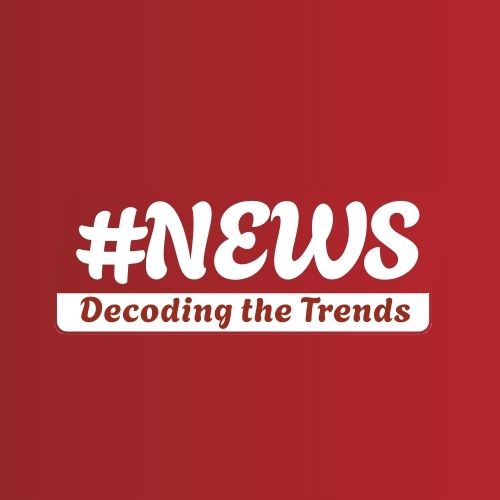
NewsHasghag operates a 24/7 news bureau that tracks the real-time, social media-driven stories from India and around the world, keeping you ahead of the day’s key talking points. Our digital-first approach transforms storytelling through the seamless integration of data, interactive charts, video, and audio into every narrative.
